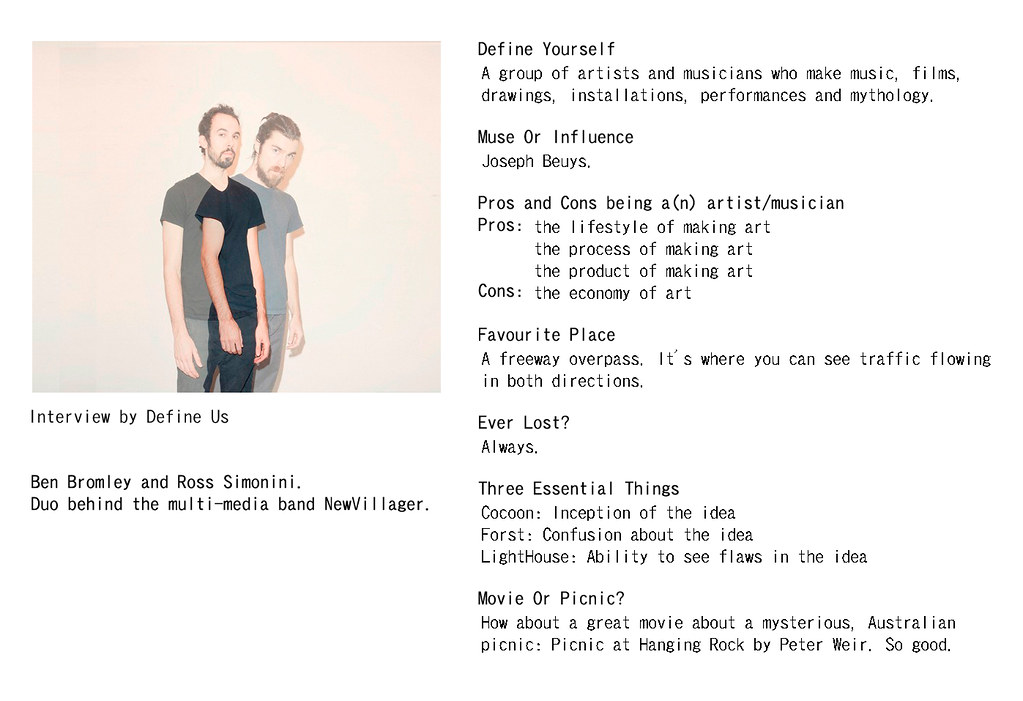Dutch photographer Hellen van Meene was herself barely out of girlhood when she began to photograph adolescent girls whom she knew, or found, in her home town of Alkmaar in the north of Holland. Invited to photograph in Japan in 2000, she found that while she could not communicate directly with her subjects, her instincts regarding the universality of adolescent experience, and her visual and stylistic approach to it, were translatable. In her square-format, medium-focal-length pictures of unnamed girls, van Meene strives to compose "photographs of adolescent situations and attitudes, which represent the type of 'normality' we don't usually share with others, but keep to ourselves."
"Actually it's the classical story. When I turned fifteen my mother gave me a small camera and immediately I started to photograph my friends. At eighteen I went to the Rietveld Academy in Amsterdam and from my new 'hobby' it followed naturally that I chose the photography department. The advantage of photography is that you achieve your goal much faster, that you have instant result. This fast way of working suits me. I don't have the patience for painting; it takes too long and it is too complicated for me. What I liked at the Academy was the sincerity with which the teachers encouraged you to develop ideas and follow your own track. Their emphasis lay not so much on directing, but much more on supervising the process. They stressed the importance of content and not so much of technique. You had to justify yourself continually, but you had the freedom to do your own thing and there was enough space to experiment.
The central theme in my work is photographing girls who are at the point of budding into maturity. Girls who are in that stage of their lives in which they become a woman. This theme actually came about quite spontaneously and almost intuitively. It stays close to myself. I can relate to them, I understand them better, I see in them what I once was. Their attitude is still open; they are not really committed yet, they are still playful and open-minded, they still have this touching susceptibility, they are still themselves.
The photographs are not meant to be portraits, which is why they have no titles. It is not my intention to give expression to their personality or state of mind. Nor do I want to sketch a sociological image of contemporary youth or girls at the moment of puberty. I look for a certain mood in the pictures, in which the girls almost figure as actors. As a matter of fact I treat my models as objects which you can direct and guide. They are simply material for me.
I am mainly concerned with things such as the lightfall on a white skin, bruises on an arm, hands which disfigure in water, and starting goose-pimples in frosty weather. Only then you see the texture of the skin so beautifully. It is exciting to see what happens when you put a leg over a horizontal bar or when you hang a person's hair in a bush. Besides this I pay a lot of attention to the right position, to the mise-en-scene, to matching clothes as well as their colour, to the gaze and posture of the model. I arrange everything, to the smallest detail, such as the nail polish on their fingers.
It is not that I work from a clearly defined idea, to which I will stick exactly. Of course I have something in mind, but the execution of it can go either way. Often it is something I happen to see, which I then translate into my own image and which I transform into my own world. While photographing, chance plays an important role, because all kind of things happen that cannot be foreseen. Things just come about and do not always let themselves be directed.
Usually I work with a regular group of models from my neighbourhood. I have, as it were, my own model agency. Because I know them, I know exactly which girl matches the situation. They know me and that is why I don't really have to explain or excuse myself anymore. They vary from a Korean girl to a blushing red head. The advantage is that you know each other and that they can be called up immediately. I am far too impatient to spend a lot of time looking for the right model. I must be able to react at once.
In 2000 I left these familiar surroundings, when I was invited by the Japan Foundation to contribute to the Japanese pavilion at the Architectural Biennial in Venice. In the line of the central theme 'City of Girls', they asked me to take photographs of Japanese girls. Amongst others I went to Tokyo, Atami, Osaka and Kyoto, and in three weeks' time I took thirty-one photographs. Spontaneously I would ask girls in the street, whom I found interesting, to pose for me. Sometimes it was a bit awkward and difficult to win their confidence, or that of their parents, but most of the time it all ran very smoothly and they were very co-operative. At times I did already have a certain location in mind, such as the small wooden house that I could see from my hotel window, but often the location was pure coincidence. Mostly the girls would bring their own clothes, but it also happened that I quickly bought something. You are forced to improvise in such a situation. It is a matter of looking and reacting instantly."
Haarlem, 15 January 2002























